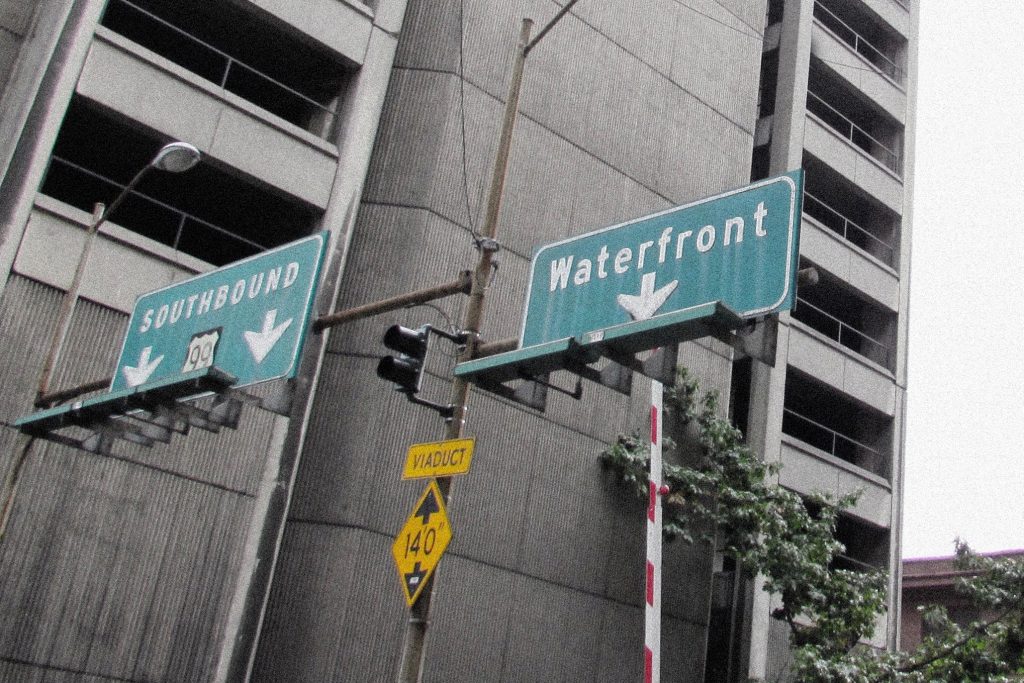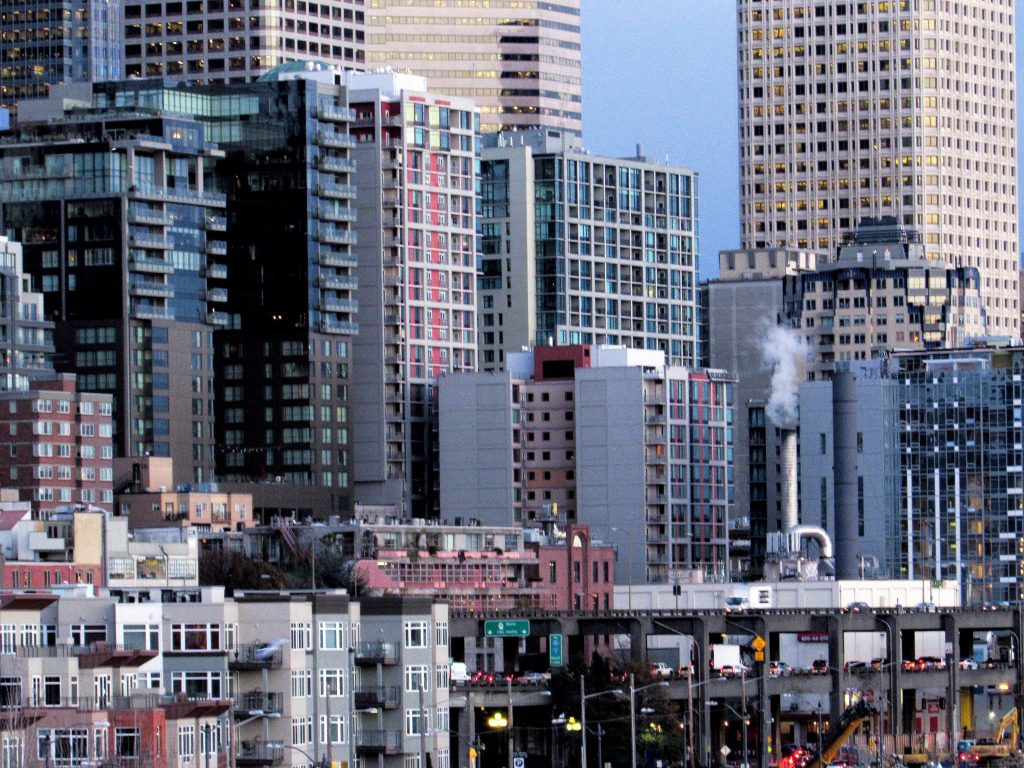
In a news conference last week, Seattle Mayor Jenny Durkan proposed a downtown Seattle street toll as an effort to fight traffic gridlock and climate change. Pending a city study, Durkan hopes to have a tolling system in place by the end of her first term in 2021.
This proposal is one of a dozen initiatives aimed at tackling the city’s carbon problem. Durkan shared that the city’s transportation department is currently studying possible “congestion pricing” strategies, which is scheduled to be completed in October. Congestion pricing has been used in some European cities, including Central London, costing drivers $15 a day to travel through their city centers. New York has previously explored the idea, but has been unable to reach a consensus after state legislators declined a plan last month. Portland and Vancouver BC are currently conducting their own toll studies as well.
Durkan also noted at the conference that in order for the proposal to proceed it will need to be “paired with meaningful transit because we can’t ask people to get out of their single-occupancy vehicles unless there are meaningful options they have, whether that is buses, walking, bikes, or other public transit.”

The city is also readying itself for the movement of traffic from the Alaskan Way Viaduct to the new Highway 99 tunnel this fall. Although the tunnel will not have a toll right away, it will eventually, which will push drivers up to the streets as they look to avoid paying the yet-to-be-determined fee.
Automobile transportation accounts for two-thirds of Seattle’s greenhouse gas emissions and this proposal, among the others, aims to reduce the city’s carbon pollution. Other initiatives include the city expanding its fleet of electric vehicles, requiring new or renovated parking structures to include electric vehicle stations, and providing incentives for buildings that cut their energy and water use below certain levels.
This announcement comes as we enter the “period of maximum constraint,” a term transportation officials are using to define the time period from 2018-2021 as the number of upcoming projects in the area will affect mobility in the city. It was also recently announced that the Center City Connector project (which will connect the First Hill and South Lake Union streetcars) has been delayed in order to investigate the project’s budget management.
Before the downtown Seattle street toll could come into effect, the proposal would have to go to City Council and then presented to voters.
